High-Frequency Trading Models
$19.51
| Author(s) | |
|---|---|
| Format |
|
| Pages |
338 |
| Publication Year |
2011 |
In High Frequency Trading Models, Dr. Gewei Ye describes the technology, architecture, and algorithms underlying current high frequency trading models, which exploit order flow imbalances and temporary pricing inefficiencies. Along the way, he explains how to develop a HFT trading system and introduces you to his own system for building high frequency strategies based on behavioral algorithms.
Introduction:
Thus, the high-frequency trading models may expand to the following:(1) existing revenue models; (2) new revenue modes, for example, high-frequency trading in derivatives markets; (3) theoretical (behavioral, financial, and quantitative) models for building unique investment strategies for high-frequency trading; and (4) computer algos for high-frequency trading and portfolio management. These four topics make up the central themes of the book.
The audience for this book includes traders, regulators, portfolio managers, financial engineers, IT professionals, graduate or senior undergraduate students in finance, investment analysts, financial advisors, investment bankers, hedge fund managers, and financial institutions. This book may be instrumental to the effort of reforming domestic or global financial systems and improving financial regulations. Imagine if financial regulators could develop a new high-frequency trading monitoring system based on the theoretical models and computer algos of this book. The monitoring system might automatically detect the preconditions of market anomalies and prevent the occurrence of undesirable anomalies. It would be especially useful for financial regulators to use computer algos to monitor and regulate trading. As a result, abnormal market behaviors like the one on May 6, 2010, could be anticipated.
The book comprises four parts: Part I describes the fundamental revenue models of high-frequency trading; Part II discusses theoretical models as a foundation of the computer algos used in high-frequency trading; Part III creates a unique model of sentiment asset pricing engine for portfolio management and high-frequency trading; Part IV discusses new models and computer algos of high-frequency trading. The four parts are illustrated in this outline.
Contents:
- High-Frequency Trading and Existing Revenue Models
- Roots of High-Frequency Trading in Revenue Models of Investment Management
- History and Future of High-Frequency Trading with Investment Management
- Behavioral Economics Models on Loss Aversion
- Loss Aversion in Option Pricing: Integrating Two Nobel Models
- Expanding the Size of Options in Option Pricing
- Multinomial Models for Equity Returns
- More Multinomial Models and Signal Detection Models for Risk Propensity
- Behavioral Economics Models on Fund Switching and Reference Prices
- A Sentiment Asset Pricing Model
- SAPE for Portfolio Management—Effectiveness and Strategies
- Derivatives
- Technology Infrastructure for Creating Computer Algos
- Creating Computer Algos for High-Frequency Trading
High-Frequency Trading Models By Gewei Ye pdf
8 reviews for High-Frequency Trading Models
Clear filtersOnly logged in customers who have purchased this product may leave a review.



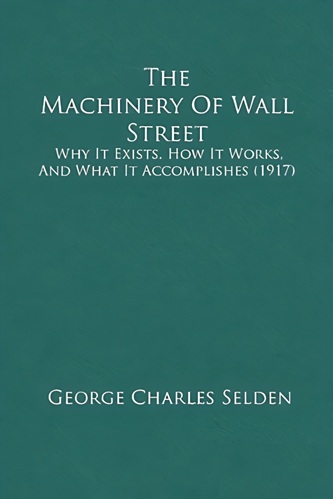
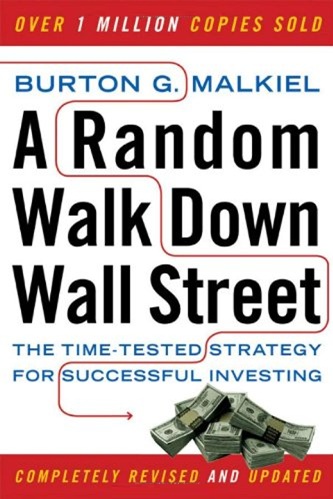
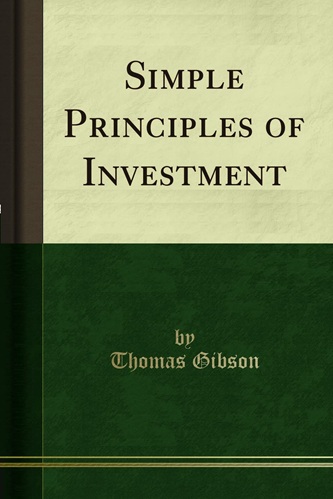
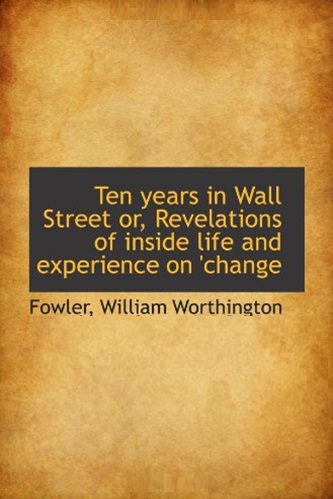
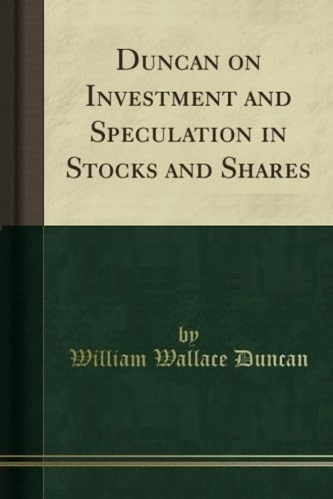
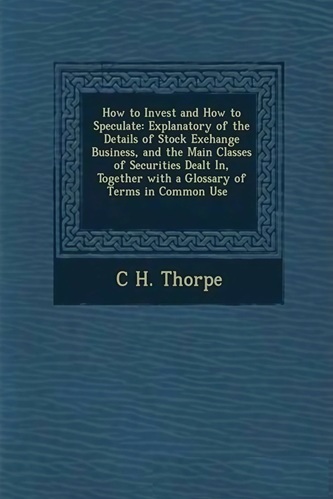

Brynn Harrington (verified owner) –
A detailed discussion on the topic of high-frequency stock trading.
Kaiden Navarro (verified owner) –
Unfortunately the title has nothing to do with the content. If you need a good introductory book on HFT read Irene Aldridge’s book.
Nasir Jackson (verified owner) –
This book had some interesting stuff in it. Nothing really useful, just some random odds and ends that were interesting. That said, this book had no relation to the title, it has zero to do with high frequency trading. Well past the point where the author states at a few points that institutional traders do use high frequency trading.
But he does not discuss how the reader can look to implement their own desired high frequency trading model. Or even what a high frequency trading model for a non-institutional trader would be.
Pass this one, and don’t look back.
Omari Benson (verified owner) –
The entire point of the book is the SAPE model, yet it does not tell you how to calculate the model anywhere in the book. On page 270 (at least on the ipad version) it actually tells you that the model is proprietary and that there is a demo of it on the website. My god what a waste of time reading this thing was. Worst case of blueballs ever!
Half the book is code to do some analysis that I learned to do in the first week of work, and even that is more complex than necessary.
Summary: Investors believe that profit/loss utility is asymmetric with emphasis on the loss. There is no implementable model for this introduced in the book. Also there is this thing called SAPE but we won’t actually tell you how it is calculated. That’s it folks.
Winter Marshall (verified owner) –
This book has nothing to do with Hft. It seems that the author has used a buzz word in the title to just publish and sell anything
Avery Simon (verified owner) –
I couldn’t agree more with the other reviewers who have given the 1-star. It has nothing to do with high frequency trading. I would have much more respect for a badly written book which is really about what its title says.
Zayne Craig (verified owner) –
The title of the book doesn’t not relate to the contents of the book of which is a collection of different topics in wealth management from a academia perspective.
Winter Deleon (verified owner) –
Totally and utterly agree with previous reviewers. This book has nothing, whatsoever, to do with high frequency trading. At best, this book is a general text in finance with a few buzz words thrown in. How this guy managed to get a PhD is beyond my humble understanding. Potentially one of the worst trading books I have seen (and have seen a few of them).